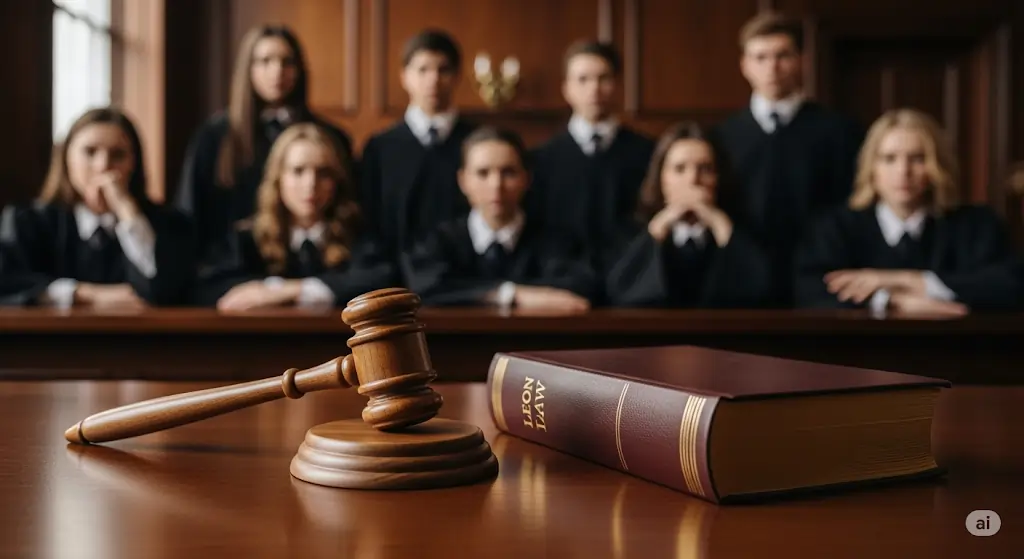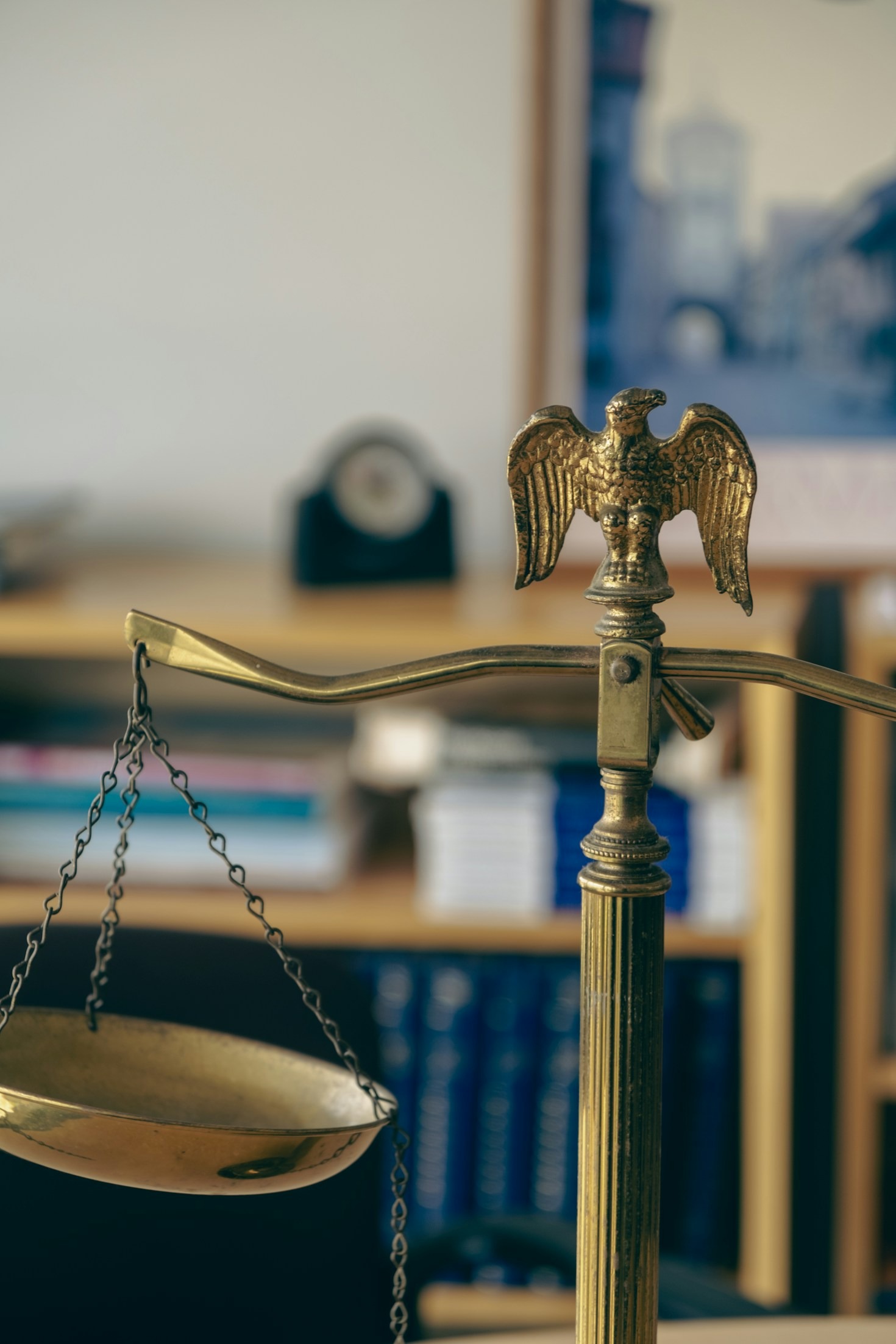
The recent ruling by the Supreme Court in May 2025 has come to our attention. This ruling has profoundly impacted the judicial system. The new rule mandates a 3-year gap after graduation before candidates can appear for the Civil Judge (Junior Division) exam. They must register as advocates and gain court or clerkship experience during this time. This replaces the 2002 rule allowing fresh graduates to apply immediately. As a result, many students now face a delay and won’t be eligible until around age 27.
Who is primarily impacted by this development? Notably, this decision has specifically targeted students preparing for the Judicial Service Exam (JSE) across the nation. This is particularly true in states like Delhi, Uttar Pradesh, Madhya Pradesh, and others, where recent graduates could previously apply for the exam without any prior experience. According to statistics, approximately 40,000 to 60,000 candidates sit for the judiciary exam each year. Many of these individuals are in their mid-20s and hold an LLB degree. For these candidates, the new regulation signifies a considerable change: exams that could have been taken in their mid-20s will now only be accessible after three years of practice at the Bar.
The situation is further complicated by short law courses (such as the 3-year LLB) or delayed entry into the legal profession (for instance, after obtaining a master’s degree), which tightens the timeline due to the typical upper age limits of 30 to 32 years in many states. In conclusion, prospective judicial candidates must now prepare for an extended timeline before they can ascend to the bench, thereby altering the career and educational trajectories that many had previously considered to be set. You may also read: Hate Speech V. Freedom Of Speech: A Constitutional Tightrope
Real-World Impact on Aspiring Judges
- Career launch postponement: Currently, candidates must endure a three-year delay before they become eligible. Consequently, by the age of 27, many of these candidates will be taking their initial examination. This situation may also result in inconsistent examination schedules, as certain states experience gaps of four to five years, potentially extending the timeline even more. This prolonged delay poses a risk of candidates aging out under the current eligibility criteria.
- Financial challenges: A common issue that young advocates, particularly clerks, encounter is the lack of compensation for their labor. Many aspiring lawyers rely on familial assistance or minimal stipends. The sustainability of these young aspirants is likely to be quite challenging, as highlighted by a magistrate from West Bengal, who noted that ordinary students receive no incentives for their practice. These students often find it difficult to make ends meet while working under senior lawyers. Consequently, this situation may result in talented yet financially disadvantaged aspirants abandoning their pursuit of a career in the judiciary.
- Equity and diversity: Numerous critics have highlighted that this room may disproportionately affect women and marginalized groups. A significant number of women have topped the JSE in recent years. In one state, women secured 9 out of the top 10 scores. This trend may reflect the advantage of early eligibility, which gives them greater flexibility to manage family responsibilities. Given the cultural and social pressures that compel women to marry and fulfill family obligations, the burden of a three-year commitment and extended litigation may become impractical for many women. Additionally, first-generation lawyers and rural students face significant challenges due to a lack of financial support. For these aspiring lawyers, the three-year unpaid apprenticeship is simply not feasible.
- Career uncertainty: Many aspirants have expressed concerns that the three-year change could render years of coaching and planning ineffective. Several candidates have indicated that they are considering group petitions or legal action to request exceptions for current students. Conversely, the backlog of judicial vacancies and irregular examination schedules contribute to anxiety, as prolonged waiting could result in unfilled vacancies for an extended period.
These issues have been expressed by numerous aspirants throughout India. On various student forums and in the media, hopeful judges have indicated that this regulation serves as a significant hindrance to their plans, which has forced them to either pursue litigation training or consider alternative career options. If judicial aspirants continue to withdraw, the level of competition will diminish, even though the demand for judges remains substantial. This situation could exacerbate the workload of the courts and hinder the distribution of justice among the populace.
Voices from Law Schools, Coaching & the Judiciary
- Coaching institutes within law faculties: Numerous academic experts and heads of coaching have contributed their insights. For instance, professors such as Faizan Mustafa (Vice-Chancellor of CNLU) and Prof. Vageshwari Deswal (DU Law) concurred that courtroom experience is essential, yet they also warned about the negative implications of certain mandates. They emphasized that the career trajectory of students should pivot towards entering litigation immediately after graduation for Judicial Services Examination (JSE). Prof. Mustafa argued that many final-year students lack genuine trial experience, and the current JSE format and questions primarily assess rote memorization. A potential solution could involve altering the examination structure and training methodology instead of restricting access.
- Additionally, Professor Deswal highlighted concerns regarding the demotivation experienced by aspiring judicial officers, as promising law graduates will now have to endure years of tedious litigation work merely to qualify for a judgeship. Both scholars noted that top-tier law students may choose to pursue corporate careers or civil service positions instead. This trend could result in a significant loss of talented individuals within the judiciary.
- An illustration from the field of legal academia: Maharashtra National Law University Nagpur has initiated a five-year special adjudication program. The objective of this course is to equip students for roles as judges. According to the Vice Chancellor, this decision represents a setback for students who anticipated entering the field shortly after graduation. Conversely, he also emphasized that the practical training provided will be advantageous in giving them a competitive edge when the opportunity arises.
- Aspirants among recent graduates: Numerous aspirants and recent graduates have expressed their uncertainties and concerns. Many believe that their career plans have undergone a significant upheaval. As highlighted by one student during an interview, the legal profession has increasingly resembled a marathon rather than a spirited pursuit, and the initial setbacks may hinder their aspirations more than they enhance their skills. Various alternative pathways have been discussed, suggesting that legal services following LLMs may enhance practical skills in the interim. Nevertheless, the prevailing belief is that the additional three years in practice do not significantly contribute to job experience, such as assisting with real-life cases and legal proceedings.
- Judicial Mentors: Bharat Chugh an individual who successfully passed the judgeship examination at the age of 23, along with his previous affiliation with the Delhi Siva Church, emphasized that the young jurist has already undergone extensive training through judicial academics. Furthermore, suggesting that talented youth should engage in practice for three years may be more detrimental than beneficial. Young judges undergo transformative training during probation, including moot court sessions with senior judges, which helps prepare them for the role. However, senior advocate Sanjay Ghosh noted that spending time at the bar is still valuable for drafting and understanding litigation. Consequently, the minimum requirement for litigation holds significant merit.
Why Was This Rule Introduced? (Judicial Rationale)
Through this ruling, the court seeks to guarantee that newly appointed judges possess practical experience rather than solely theoretical knowledge. The bench noted, citing the Shetty Commission and High Courts, that inexperienced judges struggled from day one. The Supreme Court stated that no training or textbook can replace real courtroom experience. This indicates that no simulations or classroom courses can truly bridge the gap of conducting actual trials.
Judges have emphasized that numerous civil cases involve intricate issues pertaining to life, liberty, property, and reputation. This necessitates prudence and practical wisdom. One of the justices noted that the quality of justice in the lower courts is often sacrificed for speed. Real-world experience, they said, tempers youthful enthusiasm with legal wisdom. Observers also pointed out that hiring recent law graduates over the past 20 years has largely been unsuccessful. Does this suggest that inexperience leads to avoidable errors or mismanagement, making prior experience essential? The influx of fresh graduates creates a loophole where desperate individuals merely possess the Vakalatnama to meet the eligibility criteria. A legitimate certificate from senior lawyers and judges ensures that true advocates are those who have practiced in the courtrooms.
In conclusion, the courts have publicly articulated the rationale that the lower judiciary requires further experience. Both the High Courts and the Supreme Court agree that years of practice are essential to ensure new judges bring practical insights, not just academic credentials.
Moving Forward: Adaptation and Support Strategies
Despite the adjustment several people in legal community are exploring The positive solutions. The key recommendation are as follows:
- Develop practical skills early: Law students can utilize the three-year period effectively and productively. For instance, universities can offer internships or clerkships with legal professionals such as lawyers and judges. This experience will provide them with real courtroom exposure even prior to graduation. Additionally, students can participate in activities like moot courts, legal clinics, and part-time litigation roles to enhance their advocacy skills.
- Mentorship and training: Coaching institutes for judiciary examinations can implement new programs featuring newly developed courses. Some institutions have already suggested practice batches primarily aimed at lawyers with two to three years of experience. These courses may encompass various activities, including moot trials, case drafting workshops, and guest lectures by senior advocates and judges. Such initiatives will be beneficial for achieving practical readiness. Furthermore, several professors have proposed a comprehensive year-long induction course following bar enrollment, which would involve assisting senior magistrates, similar to training in police or civil services.
- Curriculum enhancement: Numerous legal scholars emphasize the necessity for law examinations and curricula to be aligned. The judicial service examination could incorporate more scenario-based questions and practical tasks to better reflect court operations, rather than solely assessing theoretical knowledge. A prominent advocate has recommended substituting rigid experience requirements with intensive training for newly entering candidates.
- Career planning and alternatives: The challenges faced have prompted students to explore various career paths in the interim. Some students assume roles as law officers in government prosecution departments or pursue advanced studies, such as an LLM or PhD. Others prepare for alternative examinations, such as the UPSC and law officer exams, as a contingency. Coaching experts have advised maintaining involvement in legal work and upholding legal discipline by reviewing case law and fostering a robust professional network.
- Institutional measures: Several legal educators have proposed pragmatic adjustments at the policy level. Suggestions include raising the age limit for judicial exams to accommodate those years lost, as well as offering temporary exemptions for students already in the process. Among the most significant and beneficial proposals for aspiring lawyers is the introduction of paid apprenticeship programs or stipends for junior lawyers. This initiative addresses the primary concern of financial burdens faced by recent graduates.
